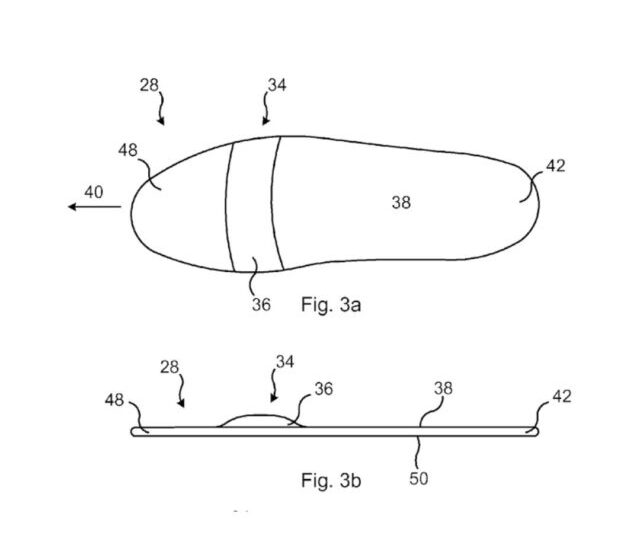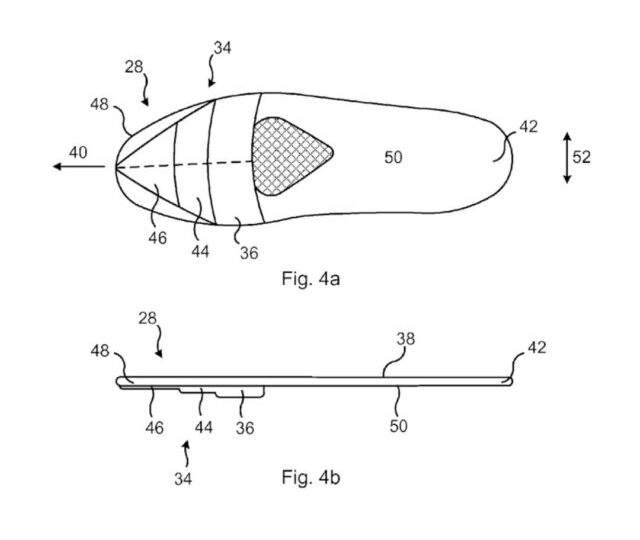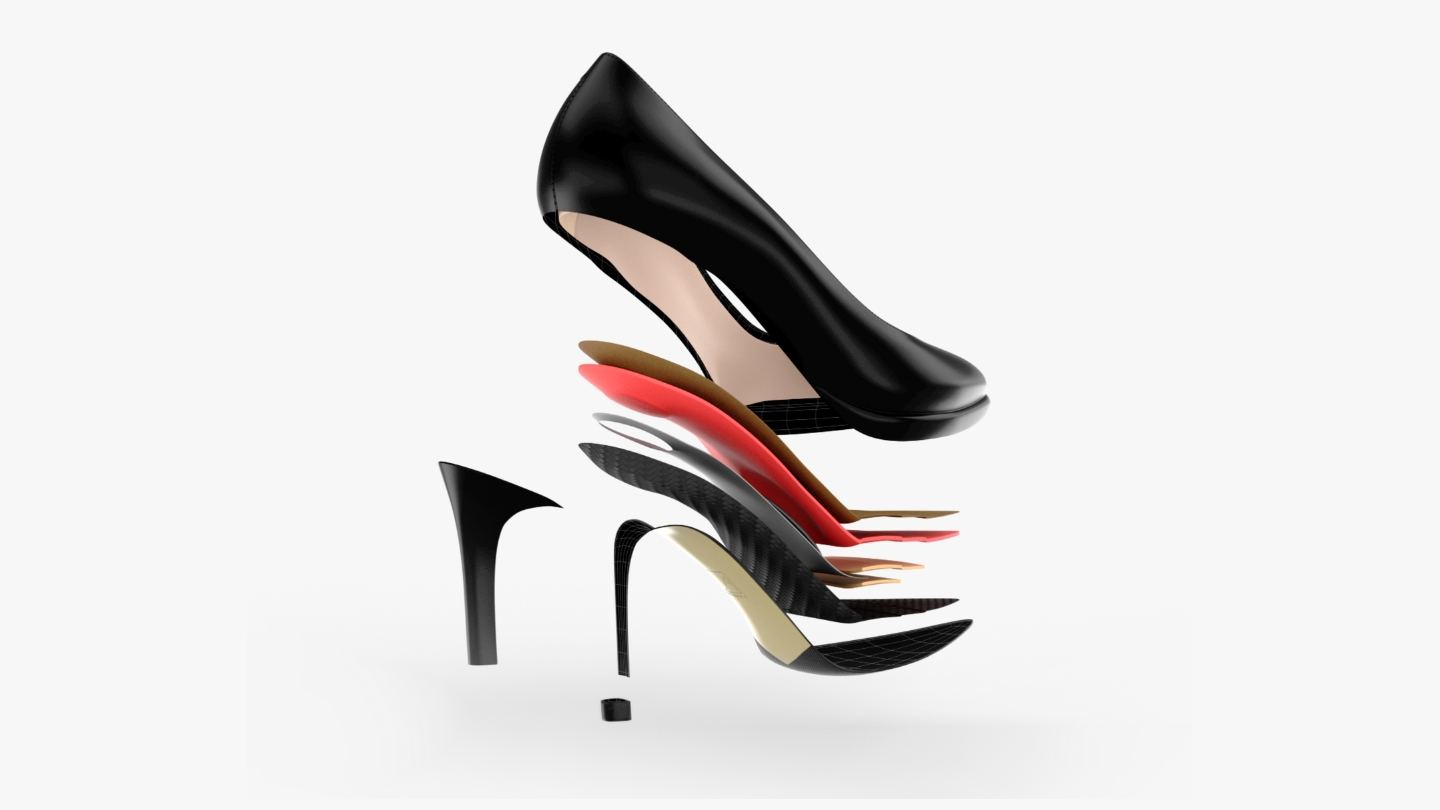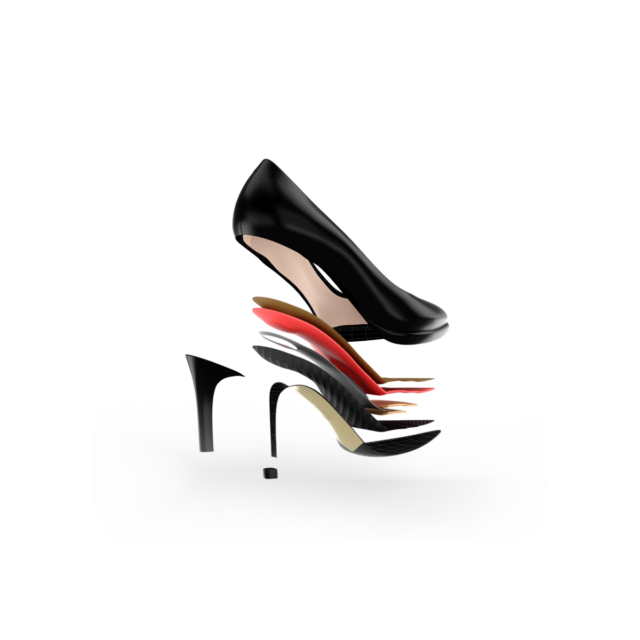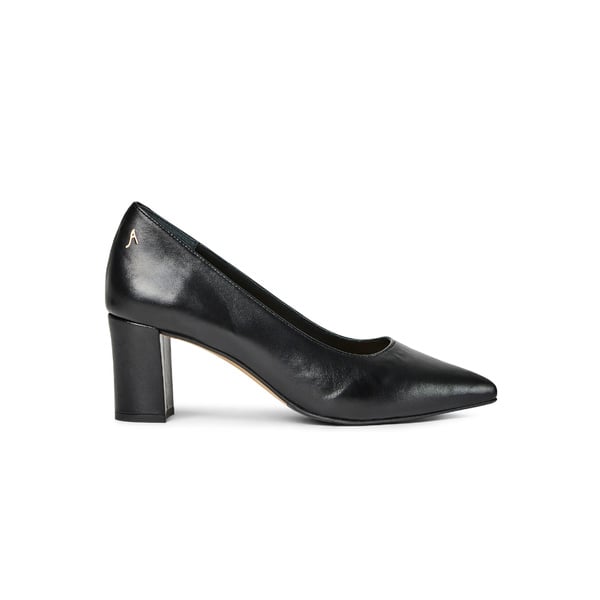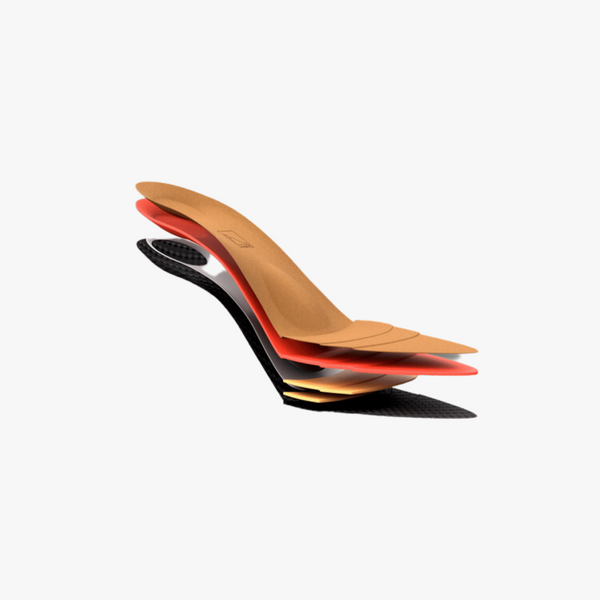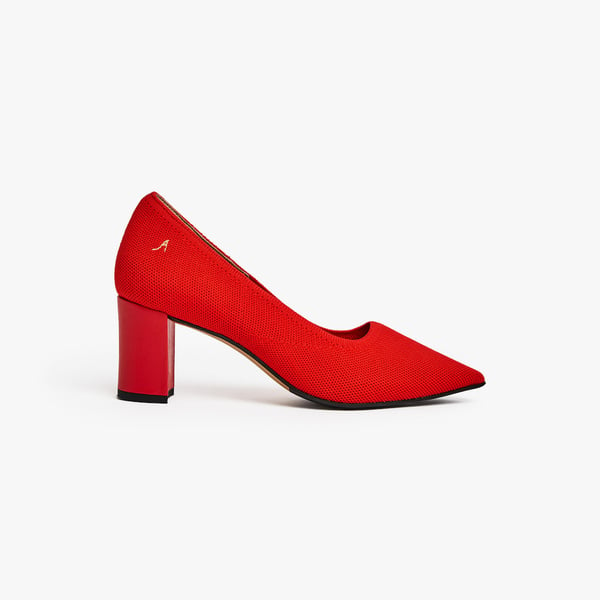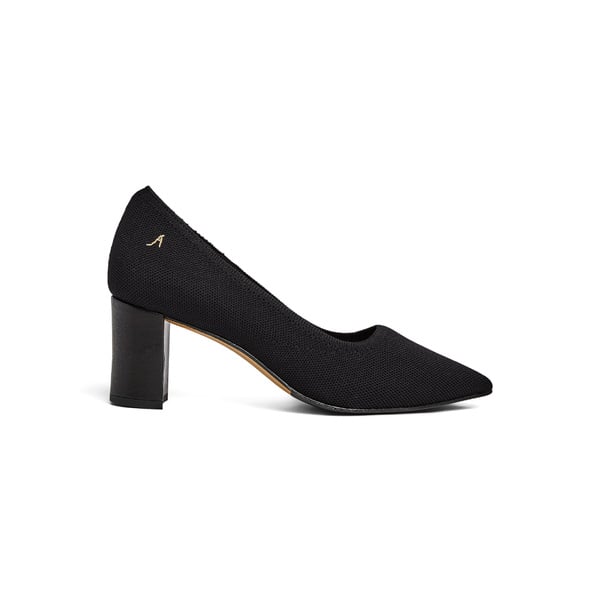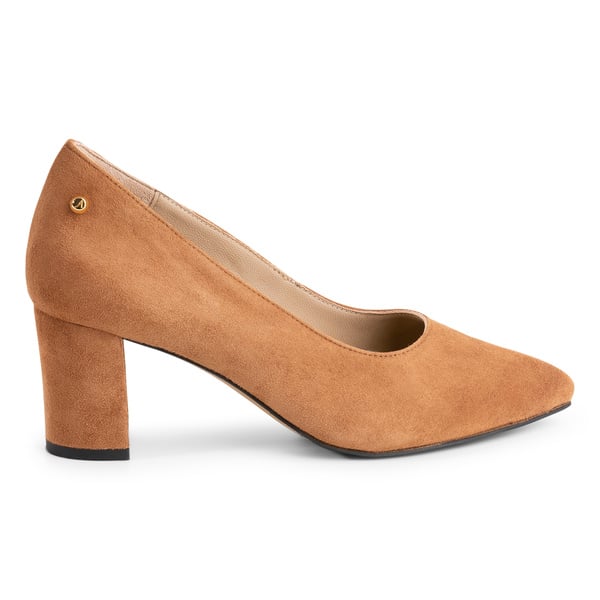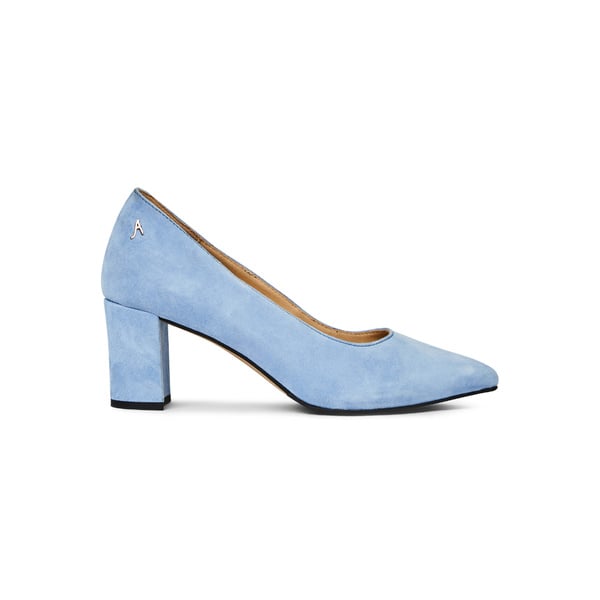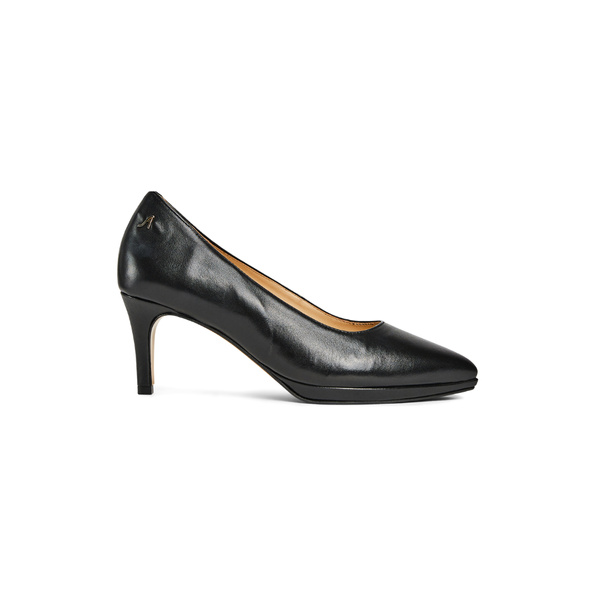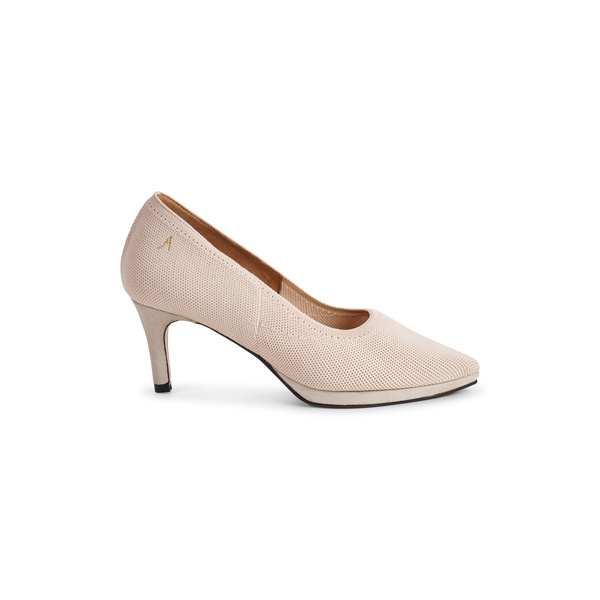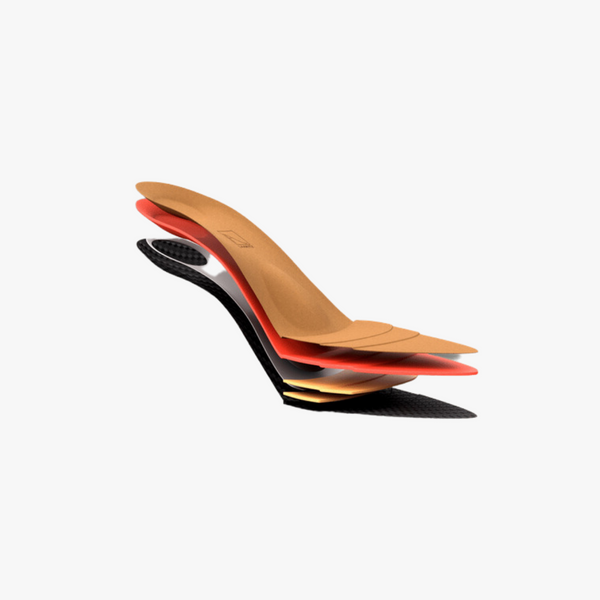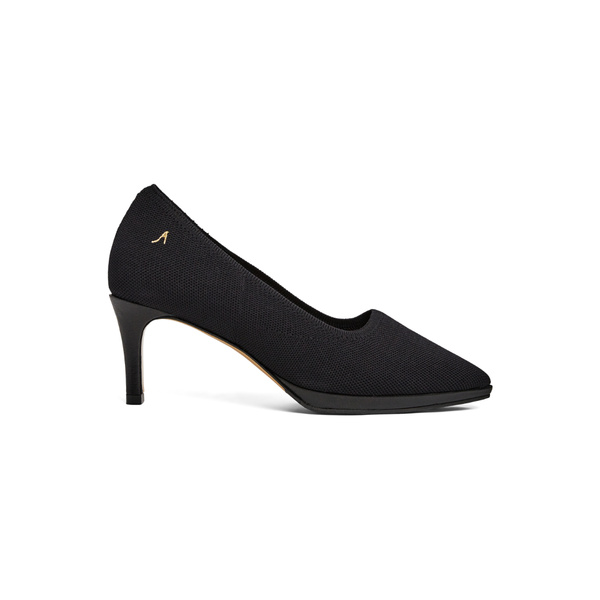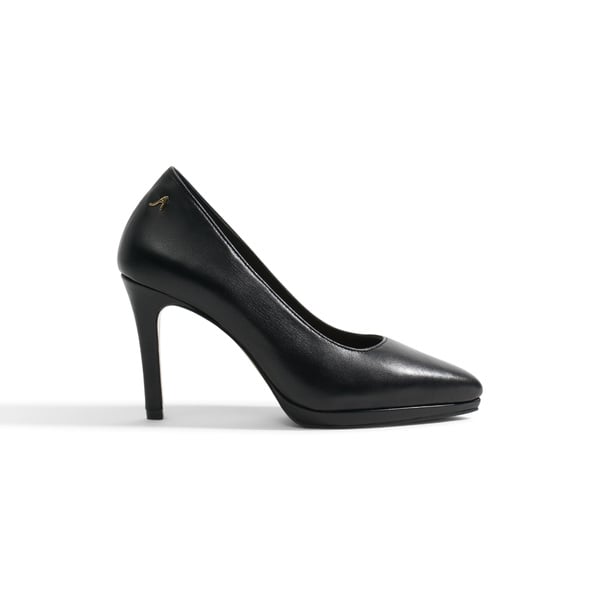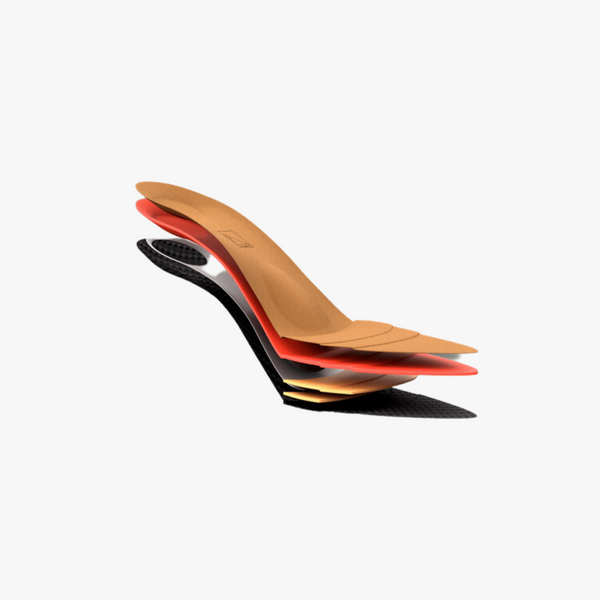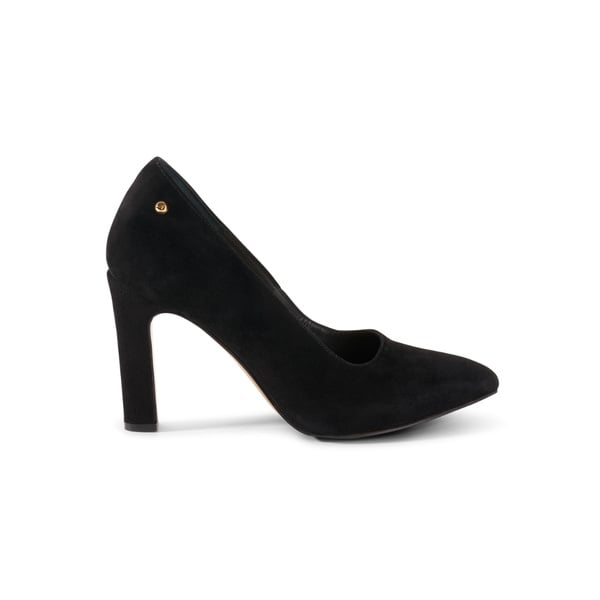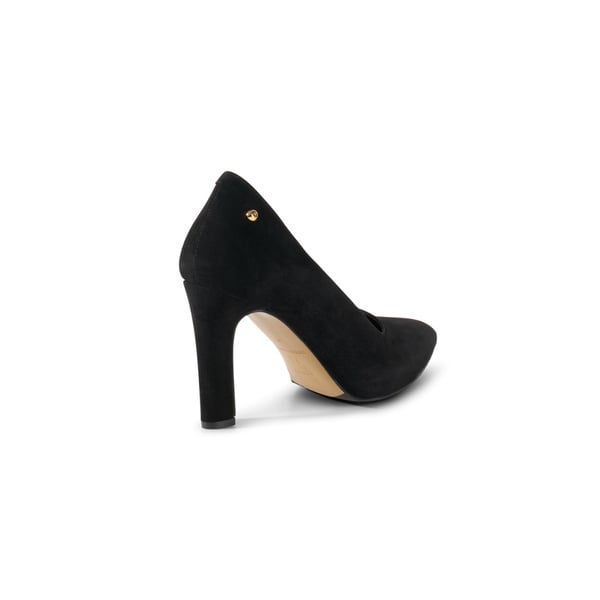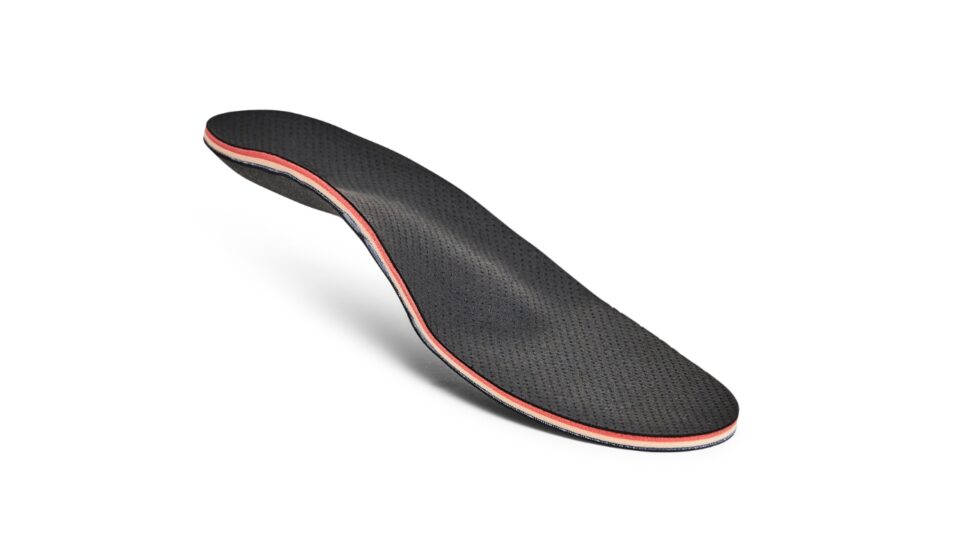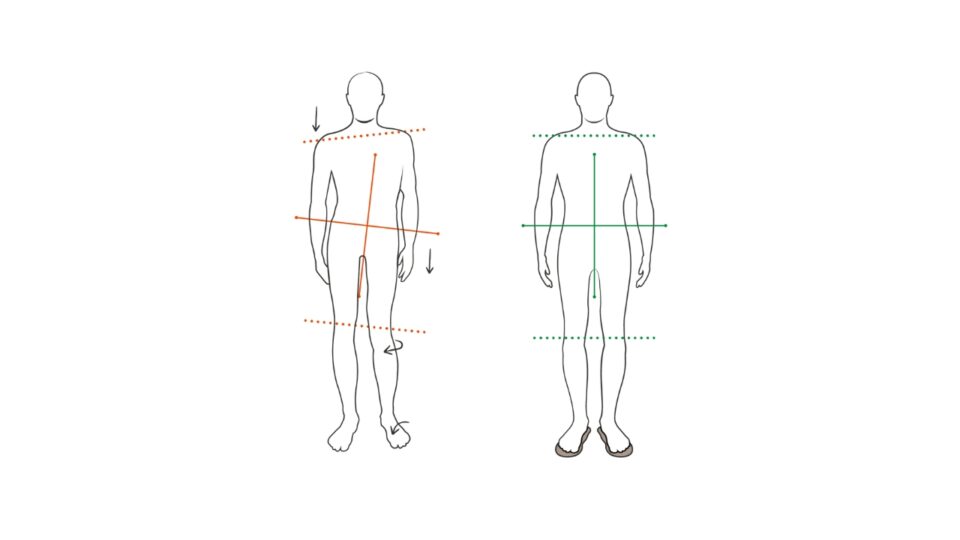For almost four decades, we have studied various movement patterns associated with walking in high heels. What we learned laid the groundwork for our first patent: an orthopedic insole designed for shoes with heels.
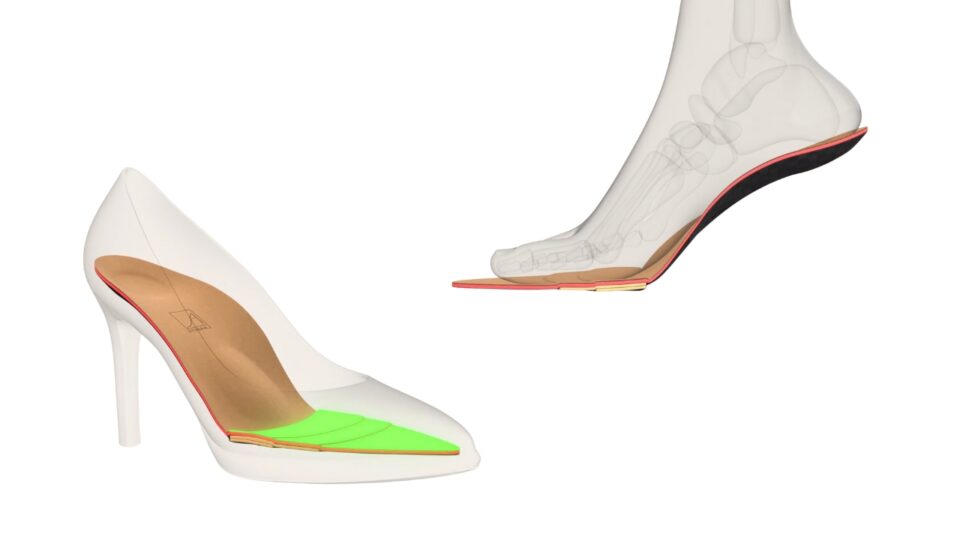
Walking in heels is not optimal.
High-heeled shoes significantly increase the load on the feet, legs, knees, and back. A heel of 2.5 cm increases pressure on the forefoot by about 22%. If you walk in heels higher than 2.5 cm, the pressure increases even more—up to 76% at a heel height of 7.5 cm. It’s essential to keep this in mind when wearing high heels.
The best way to reduce the load—and, with it, the risk of injury—is to choose shoe models that offer optimal shock absorption, relief, and stability. An orthopedic insole is highly recommended, as it helps alleviate pressure by reducing the load on all three arches. The challenge with pumps and high-heeled shoes was that no insoles worked effectively for them—until Stinaa.J.
What happens in the body?
When you walk in heels, your feet are subjected to increased strain, and the entire musculoskeletal system can become overloaded. Different bodies react in various ways, but most people experience fatigue in their legs after a few hours. Those with good genetics or well-trained may have a higher tolerance and feel better over time, regardless of shoe choice. However, even with strong muscles or good genes, wearing high heels eventually increases the risk of injury or unnecessary overuse strain.
This is what may happen in your body when you walk in high heels:
Head & Neck
Wearing high heels may cause you to adopt a posture that increases the risk of muscle tension or knots in the neck and shoulders.
Back
Wearing high heels may cause excessive swaying, which can lead to soreness.
Knees
Walking primarily on the forefoot in high heels reduces the natural shock absorption that occurs when the foot rolls from heel to forefoot. This can prevent all three arches from functioning properly. As a result, the knees, hips, and back may experience increased strain.
Feet
The toes are squeezed, and the forefoot is subjected to abnormally high pressure.
Ankle
The Achilles tendon is under constant strain, which may lead to stiffness and reduced flexibility.

